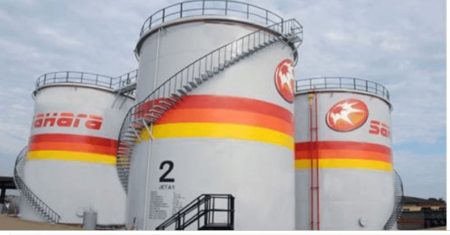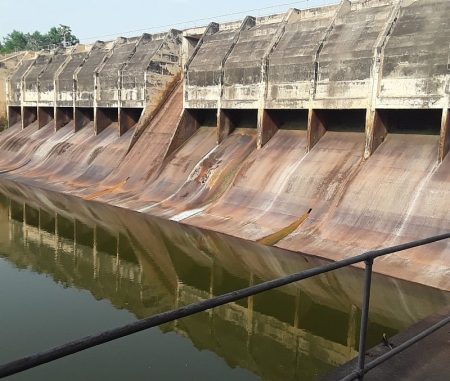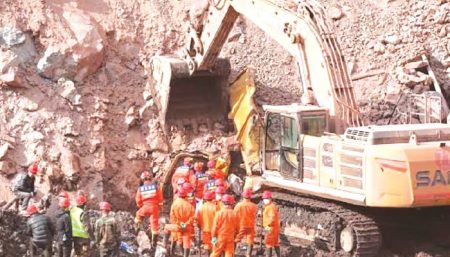Paragraph 1: The Incident and Initial Response
On Saturday, a devastating explosion rocked the Defence Industries Corporation of Nigeria (DICON) facility in Kaduna, sending shockwaves through the surrounding communities. The incident occurred during a controlled demolition exercise of expired ordnance materials, a routine procedure designed to safely dispose of hazardous substances. Tragically, the explosion resulted in the death of one DICON personnel member and inflicted injuries on several others. First responders swiftly transported the injured to the 44 Nigerian Army Reference Hospital in Kaduna for medical treatment. Initial reports from the scene suggested that the explosion originated from the destruction of volatile materials, including ammonium nitrate, primer caps, propellants, and other unstable compounds.
Paragraph 2: Official Statements and Public Reassurance
Following the explosion, the Defence Headquarters (DHQ) promptly launched an investigation into the incident. Brig.-Gen. Tukur Gusau, Director of Defence Information, issued a statement confirming the fatality and injuries, assuring the public that the situation was under control and posed no further threat to the surrounding communities. He reiterated DICON’s commitment to maintaining stringent operational safety standards and outlined the DHQ’s determination to uncover the root cause of the explosion. General Christopher Musa, Chief of Defence Staff, expressed condolences to the family of the deceased and extended his hopes for a speedy recovery to those injured.
Paragraph 3: Eyewitness Accounts and Local Impact
Eyewitnesses recounted the powerful force of the explosion, which reportedly shook buildings in nearby Kurmin Gwari. The sudden blast sparked fear and confusion among residents, some of whom initially mistook it for a terrorist attack. Local sources, speaking under condition of anonymity, provided more detailed accounts of the explosion’s origin, pinpointing it to the production of primer powder, a crucial component in gunpowder manufacturing. They described the immediate aftermath, highlighting the critical condition of the injured civilian workers. The initial response saw some victims transported to St. Gerard Catholic Hospital in Kakuri before being transferred to the military hospital for specialized care.
Paragraph 4: DICON’s Internal Investigation and Response
DICON, in its own official statement, confirmed that the explosion occurred during the final stages of the controlled disposal operation, emphasizing that the majority of the highly volatile materials had already been safely destroyed prior to the incident. Maria Sambo, the DICON Public Relations Officer, underscored the organization’s commitment to safety and transparency. She confirmed the transfer of the deceased’s body to the mortuary and reiterated the ongoing medical care being provided to the injured personnel. DICON also announced the formation of a Board of Inquiry to conduct a comprehensive internal investigation aimed at determining the exact cause of the explosion and implementing preventative measures to avoid future incidents.
Paragraph 5: The Importance of Safety Protocols and Oversight
The tragic incident at DICON underscores the critical importance of adhering to rigorous safety protocols in the handling and disposal of hazardous materials, particularly explosive ordnance. The investigation will likely scrutinize the procedures followed during the disposal exercise, examining potential human error, equipment malfunction, or unforeseen circumstances that may have contributed to the explosion. The incident serves as a stark reminder of the inherent risks involved in working with such volatile substances and the need for continuous improvement in safety standards and oversight to mitigate these risks effectively.
Paragraph 6: Looking Ahead: Lessons Learned and Future Prevention
The findings of the DHQ and DICON investigations will be crucial in shaping future safety protocols and preventing similar tragedies. The information gathered will help identify any systemic failures or weaknesses in the existing procedures, allowing for corrective actions and improvements. The incident highlights the need for ongoing training and education for personnel involved in the handling and disposal of hazardous materials, emphasizing the importance of vigilance, meticulous adherence to safety guidelines, and a culture of prioritizing safety above all else. Ultimately, the goal is to learn from this tragedy and to implement changes that will ensure the safety and well-being of personnel and the surrounding communities.














